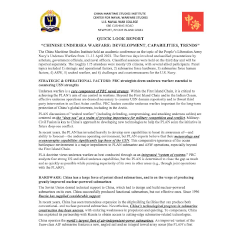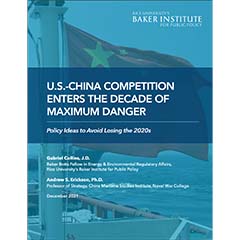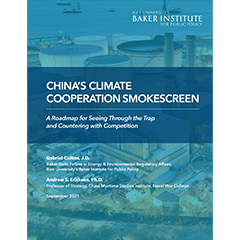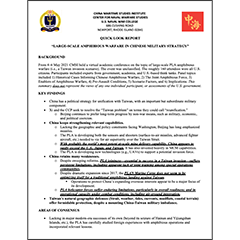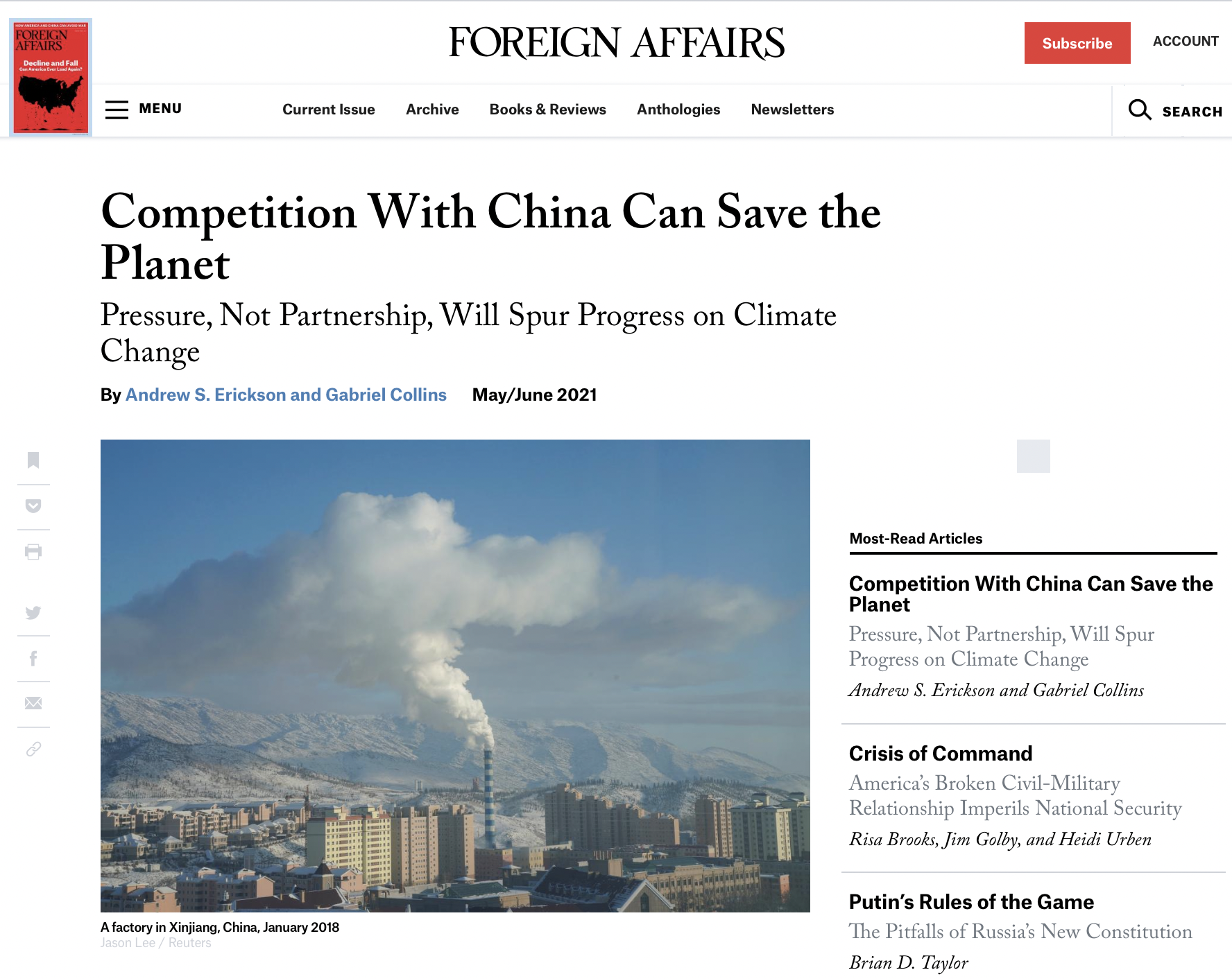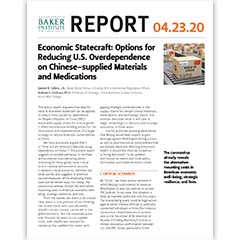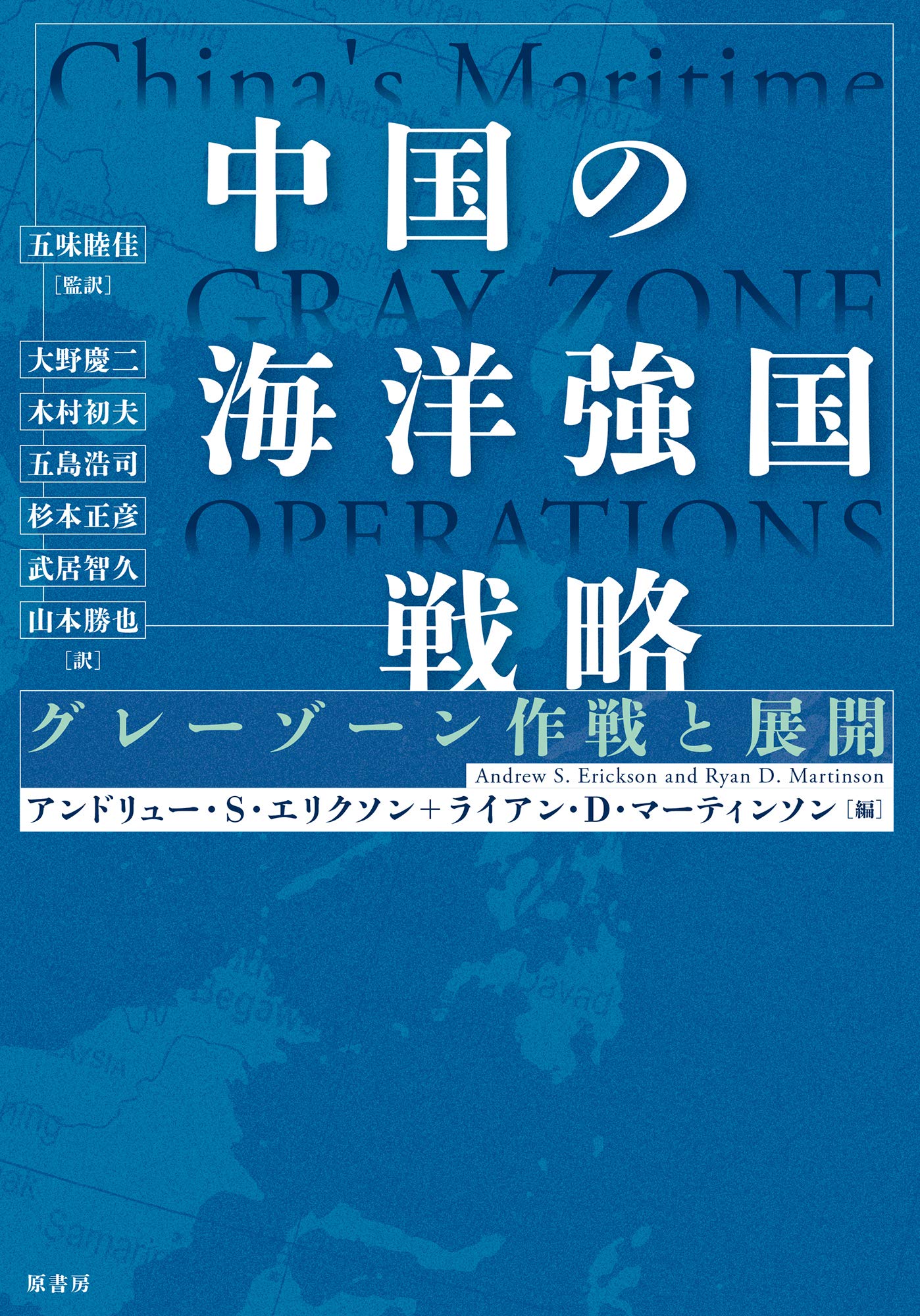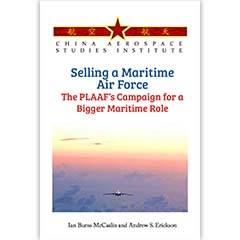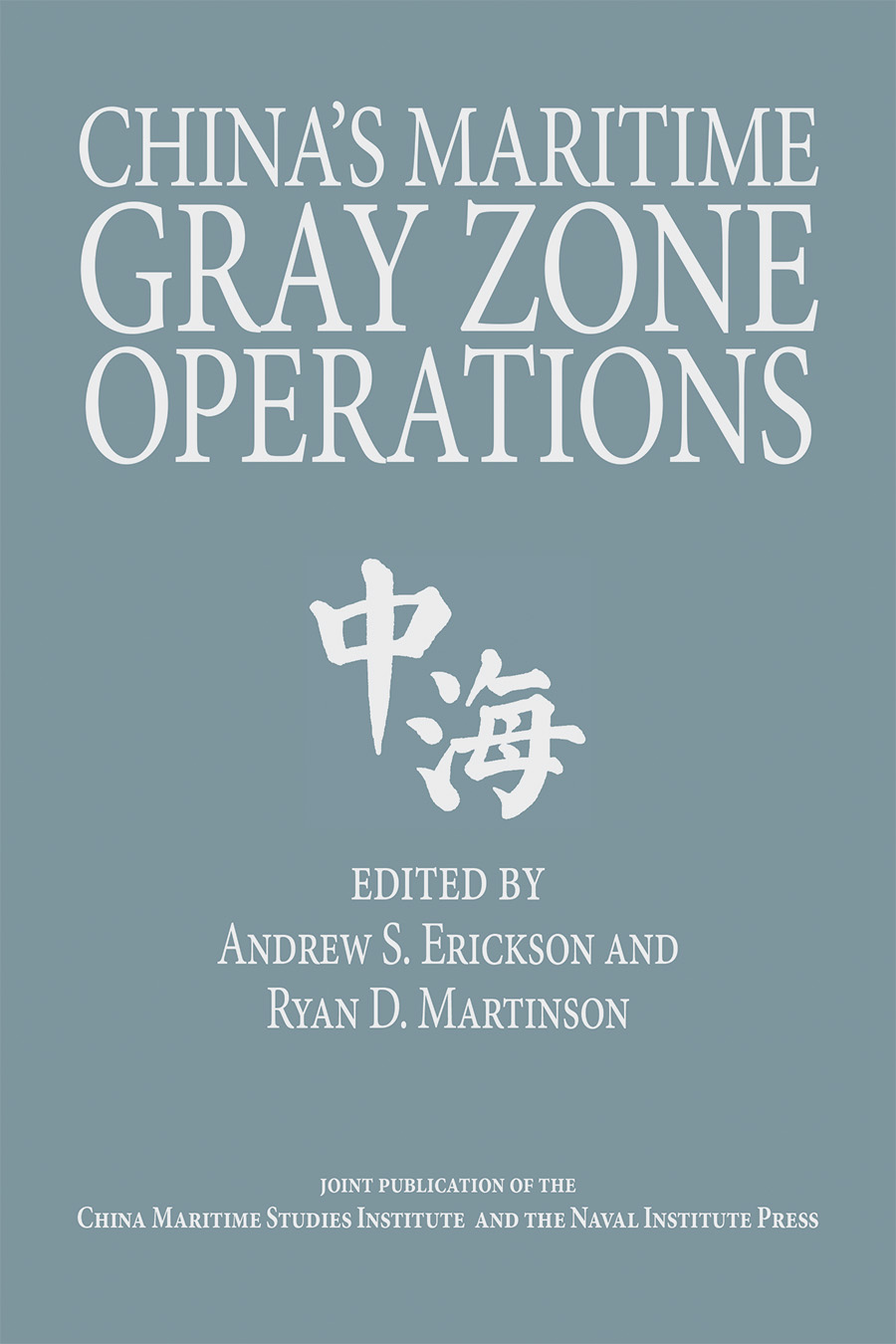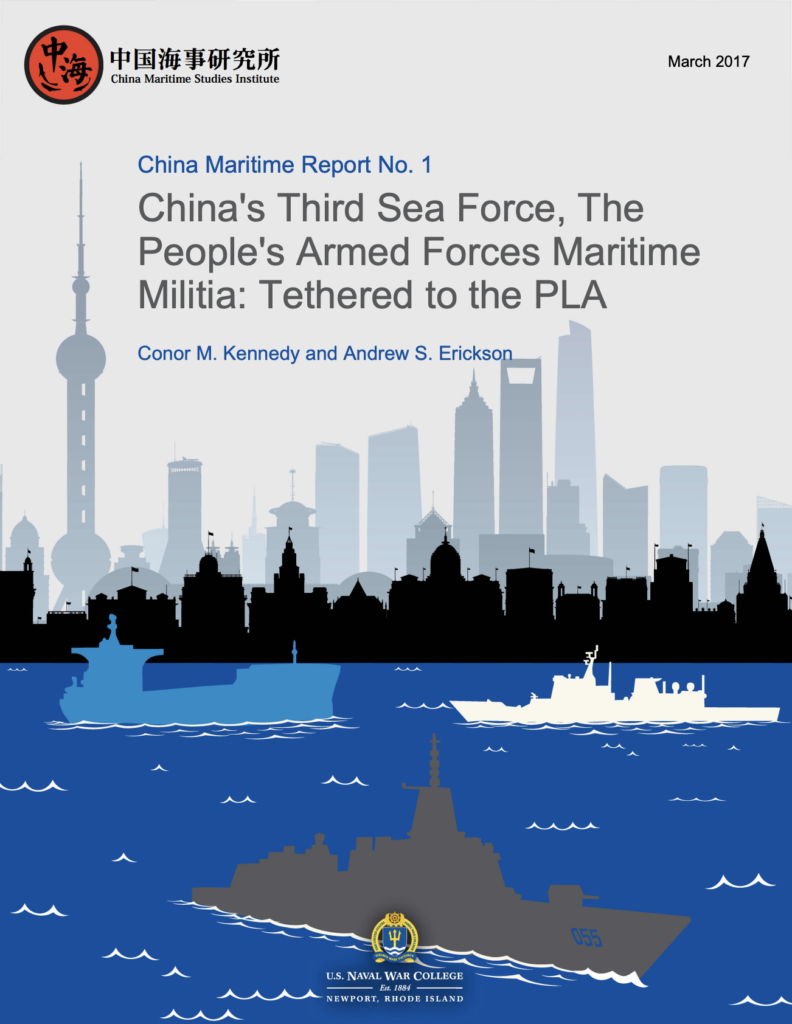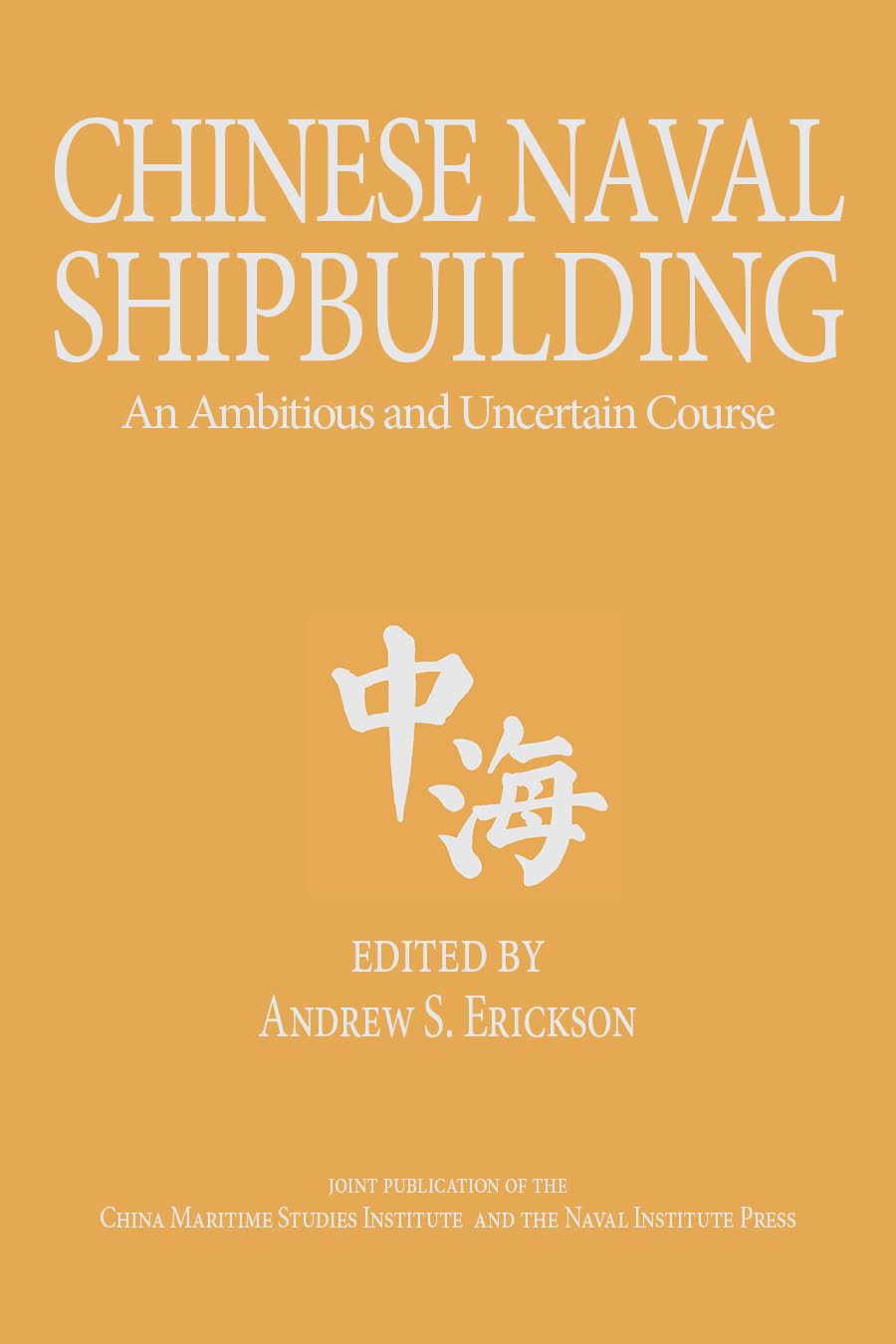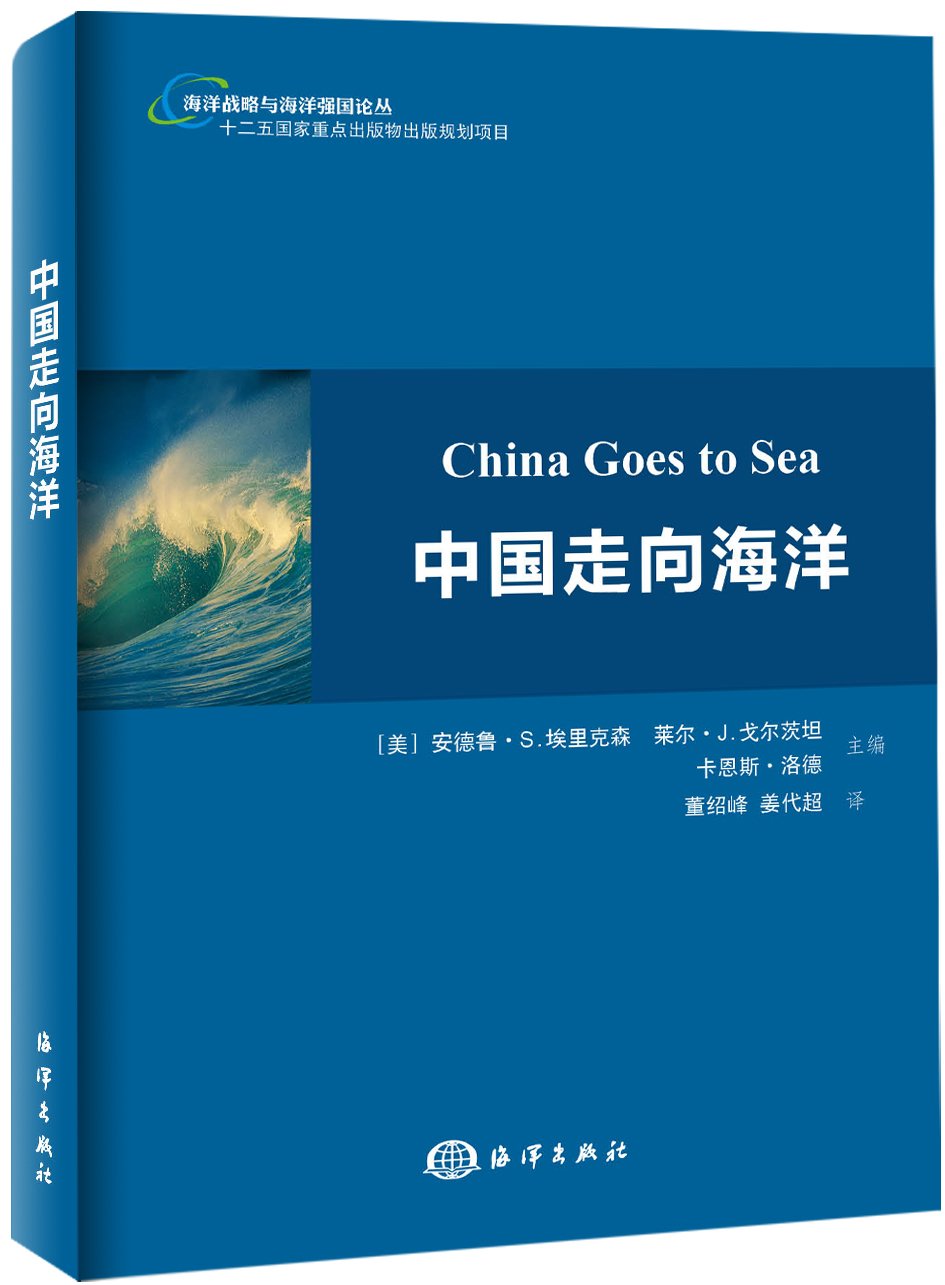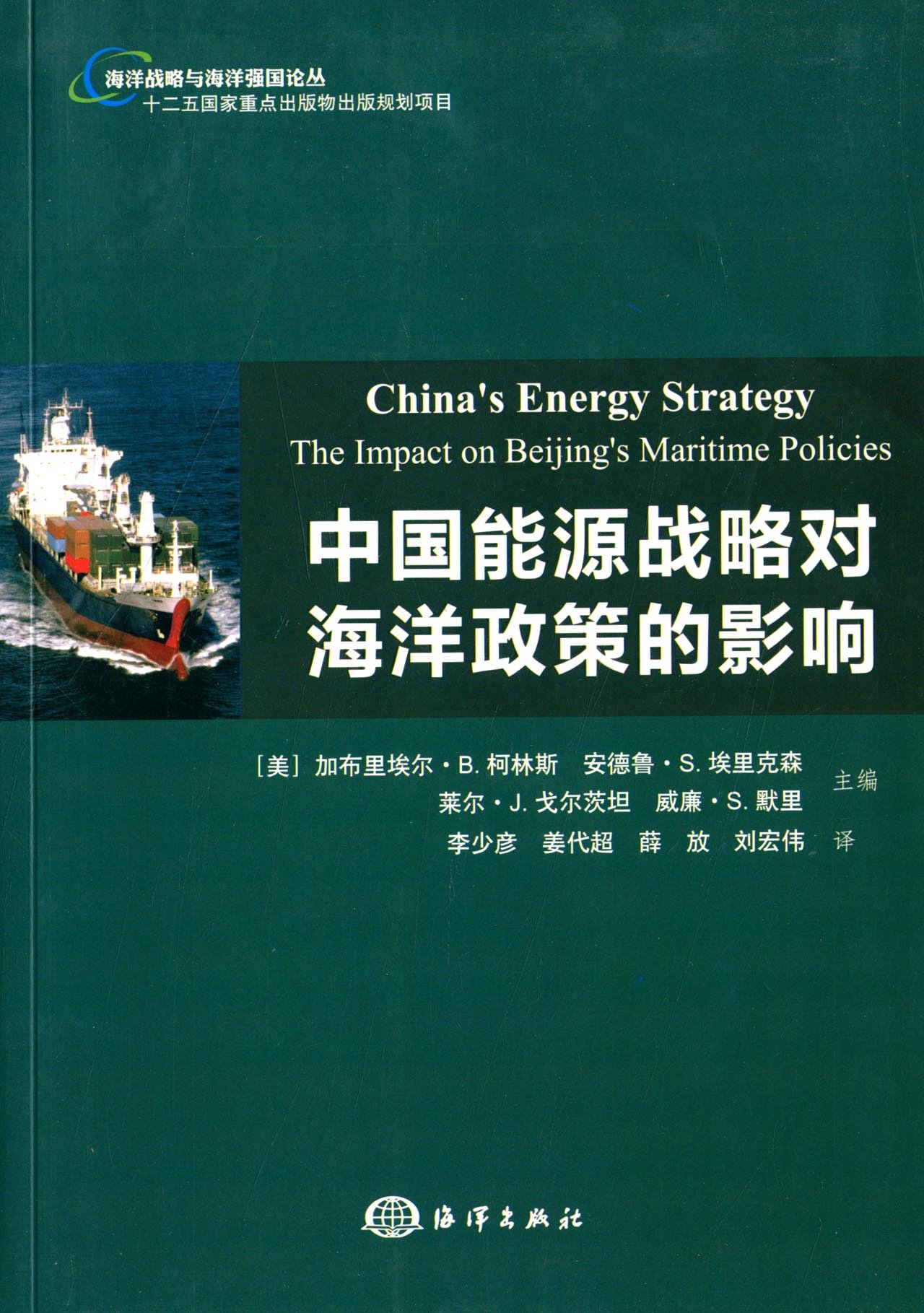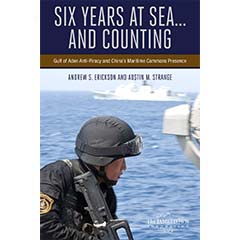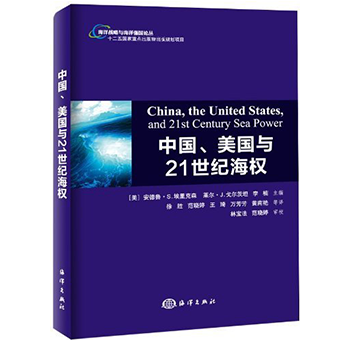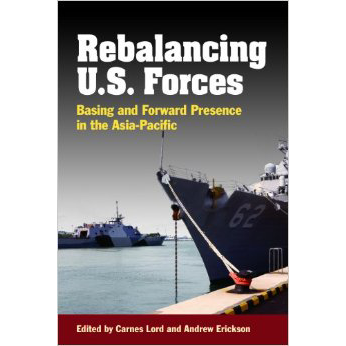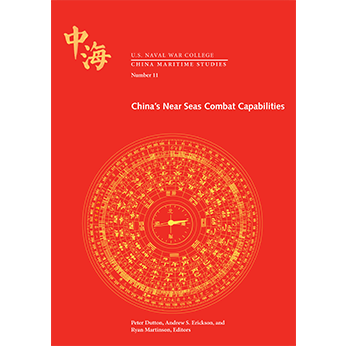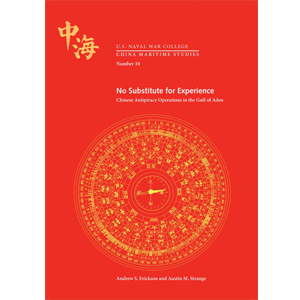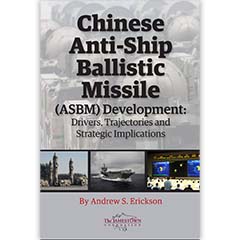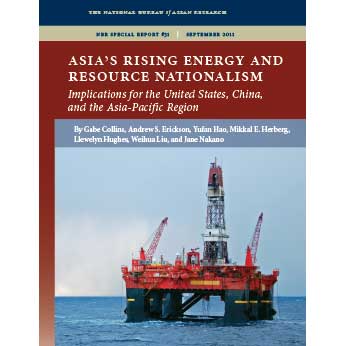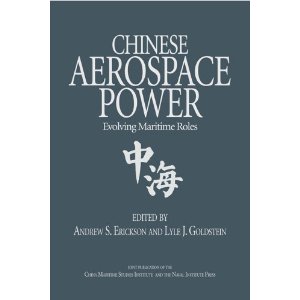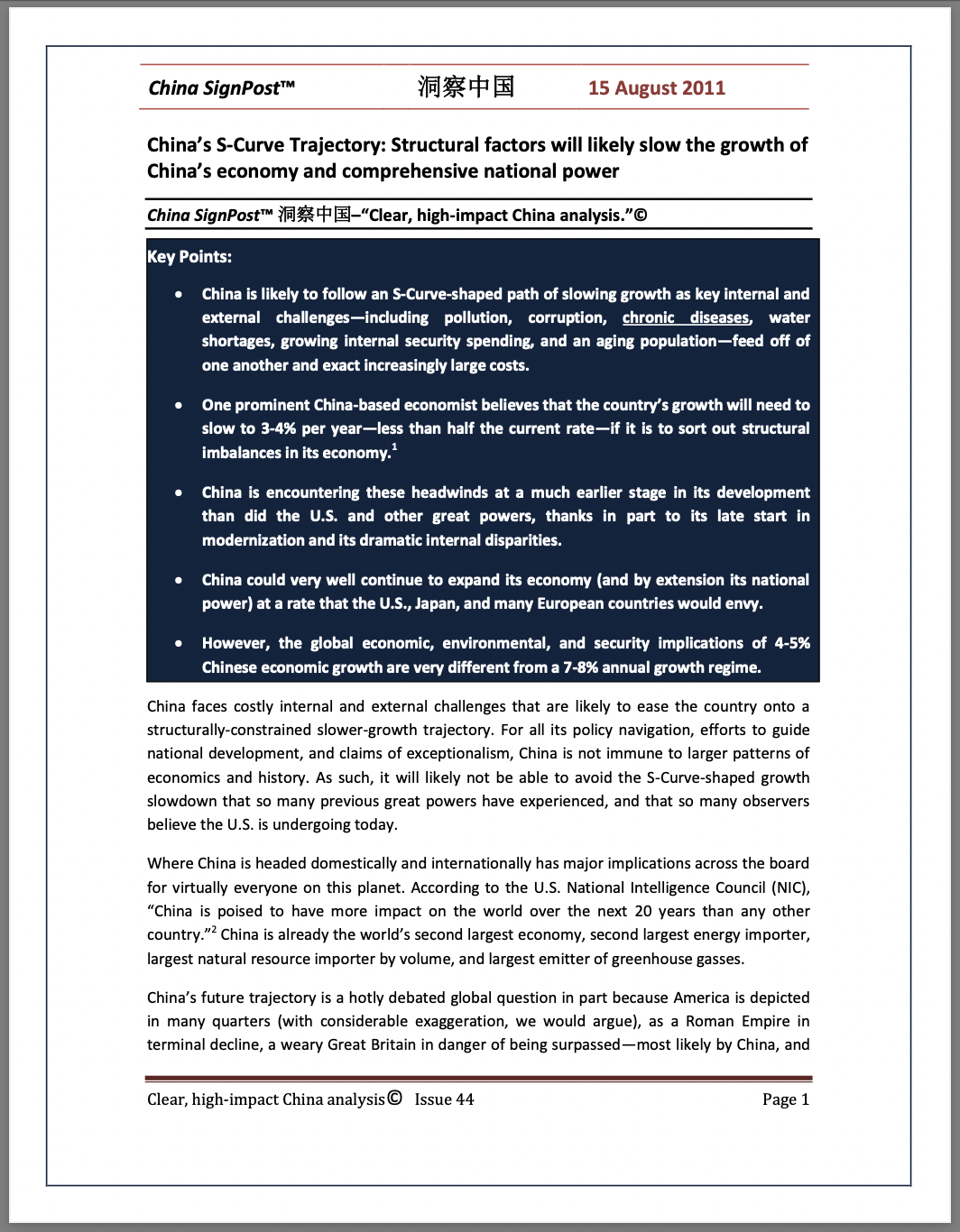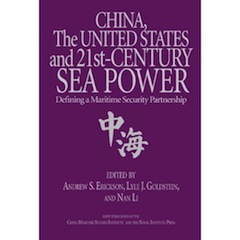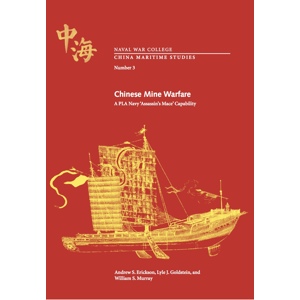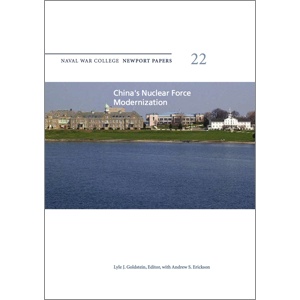09 April 2025
China’s Secret Weapon for Taiwan Invasion? Meet the Shuiqiao Bridge Barges
Andrew S. Erickson, “China’s Secret Weapon for Taiwan Invasion? Meet the Shuiqiao Bridge Barges,” 19FortyFive, 9 April 2025.
SMART BOMBS: MILITARY, DEFENSE AND NATIONAL SECURITY
China’s Secret Weapon For Taiwan Invasion? Meet The Shuiqiao Bridge Barges
China’s new bridge-barges are purpose-built for an amphibious invasion of Taiwan. In a contemporary echo of the Allied construction of the Mulberry artificial harbors to support the 1944 D-Day Invasion, they embody the seriousness with which China under Xi is pursuing absorption of Taiwan. So far, at least two sets of three variants have been observed: Shuiqiao-185, Shuiqiao-135, Shuiqiao-110—so named for their hull length (with the bridge stowed), as measured in open-source commercial imagery. These self-propelled landing platform utility (LPU) barges, with their telescoping Bailey bridges, can link together in lines of up to at least three to produce a 2,690-foot (820 m) relocatable pier. This article draws on the leading extant analysis, published by J. Michael Dahm and Thomas Shugart through the Naval War College’s China Maritime Studies Institute (CMSI). It addresses the Shuiqiaos’ genesis, strengths, weaknesses, and utility in the context of potential operational scenarios and public speculation thereto.
Shuiqiao Bridge Barges: What We Know
The Mulberrys of World War II were a joint Anglo-American effort to create a protected mobile pontoon causeway system by which to unload ship-transported vehicles ashore. Mulberry A and B variants were designed and constructed largely by the British. U.S. Navy Seabees subsequently assembled them prior to the Normandy landings, during which they were towed into position off the invasion beachheads.
Today’s Shuiqiao barges, like the PLA-controlled ferries that would feed military vehicles through them, are not designed to be used during the initial assault phase against an opposing force, but rather as an enabler for the follow-on echelons. Like the Mulberrys, because of their vulnerability, they would be best employed only after a beachhead lodgment has been secured, in locations were the PLA Army and/or Marines already had solid, if not complete, control.
Modern commercial spud barges, or jack-up barges, use their legs to anchor on the bottom specifically for stability against tides and currents. Military causeways, by contrast, are highly vulnerable. With their extendable Bailey bridges, China’s new military-relevant spud/jack-up barges are unique, and potentially offer the best of both worlds. China may well have learned from the U.S. military’s failed Gaza pier in this regard.
Purpose-built by China State Shipbuilding Corporation (CSSC) Offshore & Defense Engineering Company (COMEC) for a cross-Strait invasion scenario, with the possible involvement of CSSC subsidiary Emergency Warning and Rescue Equipment Co., Ltd. (China Harzone), these new militarized bridge barges likely incorporate oil and gas industry technology—e.g., via Shanghai Honghua Offshore Oil & Gas Equipment Corporation—but take the concept to an entirely new level. In February-March, an initial set of three Shuiqiaos, constructed at Longxue Shipyard of Guangzhou Shipyard International (GSI) in Guangdong, was observed traveling to and conducting sea trials and exercising their assembly as a causeway-to-shore to the west of the province in Zhanjiang, near Southern Theater Command Navy headquarters. A second trio is under construction at GSI. Many more could follow.
The Shuiqiaos are neither commercial ships with obvious civilian utility nor multirole military platforms like aircraft carriers. They are rather dedicated platforms for landing on beaches high volumes of wheeled and tracked military vehicles, together with associated personnel and materiel. Based on their physical and operational attributes, including “paint scheme” and “lack of Automatic Identification System (AIS) transmissions,” Dahm and Shugart assess them to be “PLA Navy auxiliaries.” There are no other such ships anywhere in the world, because no other country than China is preparing to try to be able to invade Taiwan. There is no need to resort to such unique vessels for humanitarian assistance and disaster relief, which is not opposed by hostile shore-based forces. China under Xi would not waste resources of such a specialized, dedicated system if it were not bore-sighted on taking Taiwan by threat, or use, of force.
As Michael Dahm and Conor Kennedy have documented meticulously, preparing for a cross-Strait invasion scenario imposes significant remaining requirements for delivering joint over-the-shore logistics. Kevin McCauley has outlined the tremendous logistics requirements overall. Dahm and Conor Kennedy have conducted related research on deck cargo ships. Dahm’s findings concerning the modification and use of ferries to supplement sealift are available here and here. Shugart and H.I. Sutton analyze all these issues incisively with rapid writeups and online posts.
China’s military has long wrestled with the abovementioned challenges, as well as the related issue of “non-pier” (无马头) operations along shoreline lacking friendly or favorable port infrastructure. As Dahm and Shugart trace, the Shuiqiao barges likely have their origins in the September 2001-originated “Project 019” (019 工程). A May 2022 article from Journal of Military Transportation on “Approaches to Improving Support Capabilities for Dock-Less Unloading,” translated by CMSI, may reveal key impetus behind the Shuiqiaos. “In order to improve the offshore lighter and unloading efficiency of units, [we must] prioritize research/development and production of Ro-Ro lighterage platforms that launch faster, have fewer operational steps, and boast higher unloading efficiency,” write Dr. Liu Baoxin, a professor and graduate student advisor at Army Military Transportation University in Tianjin and Dong Nan, employed at the PLA Navy Logistics Department, Beijing. “[We] must accelerate the research/development of new-type causeway ferries (zhanqiao duchuan).”
China’s Shuiqiaos are not a panacea that can overcome all difficult landing conditions, but they definitely provide PLA planners with more options along greater stretches of Taiwan’s coastline. Beyond a formerly narrow set of favorable beaches, they put many more landing sites into the realm of possibility and open up a broader range of landing options.
What the Shuiqiaos cannot do themselves is alter adverse weather, or before-and-in-beach conditions for which the first, assault, echelon is responsible; as well as beyond-beach conditions that make some landing sites better than others overall. First, they have thus far only been observed operating in very calm waters. Rough seas could complicate both crossing and offload. Second, the barges are to take the place of a port facility and thus must be erected in a relatively safe location already protected by PLA Army or Marine units. Third, even if a potential landing site enjoys direct access to a road, that road itself may have significant or even prohibitive downsides. It may not offer an optimal egress route from the beach, either due to the adversary’s defensive preparations, or due to geographic constraints that somehow preclude the roadway from handling the desired volume of vehicular traffic. If the road is canalized and well defended, it would potentially funnel landing forces into defensive fire regardless how many were disembarked successfully. In a bad-to-worst-case scenario for invading forces, the Shuiqiaos might ultimately make matters worse by further funneling them toward a deadly bottleneck. In short, under the right conditions, the Shuiqiaos can assist in getting large numbers of vehicles and the required amount of materiel to a beachhead but not off of one.
Every type of military equipment comes with its own risks and vulnerabilities. Any platform or system can be attrited if targeted sufficiently. Incapable of any self-defense, Shuiqiao bridge barges represent lucrative targets highly vulnerable on the open ocean, where they could be destroyed by land-based weapons such as ATACMS (the Army Tactical Missile System, a U.S. long-range, precision-strike surface-to-surface missile system) and MLRS (multiple-launch rocket systems). During a contested military operation, they cannot hope to survive in isolation. Rather, they would operate as second-echelon forces within an offensive and defensive system-of-systems.
To land the Shuiqiaos at an acceptable risk of loss, China’s military forces would first have to suppress Taiwanese defenders’ indirect and direct fire systems (e.g., with up to thousands of PLA rockets ranging from the PLA Army’s numerous PCH191 close-range ballistic missiles to the PLA Rocket Forces’ larger ballistic missiles). In March 2025 CCTV coverage of the Shuiqiaos, military commentator Wei Dongxu described them as conduits for transporting masses of heavy equipment onto Taiwan “while keeping their feet dry.” “Once the naval and air forces effectively control the air and sea, then this… barge will appear,” he said. “It can be said that it is a sign of victory.”
Holding Shuiqiaos at risk requires serious military solutions, not armchair pontification. Contrary to some ill-informed views expressed online, for example, improvised vehicular obstacles against a PRC amphibious campaign would be a temporary stopgap impediment at best, not a showstopper against invasion. Recent military history, for instance, shows the ultimate failure of efforts by Saddam Hussein’s forces to block U.S. and allied armored columns with buses and other large civilian vehicles in downtown Baghdad. Obstacles can initially slow enemy road movement, but a lodgment with sufficient combat power—such as China would attempt to achieve if it launched an invasion of Taiwan—would employ combat engineers to clear the roads. Armored military engineering vehicles can push out of the way not only passenger cars but also even the largest of vehicles.
China’s new bridge barges are another tool in Xi’s cross-Strait military toolkit, but far from the only one. Neither the craft themselves—each of which is in effect a long ramp system—nor other available open source information, reveal how many PRC planners believe they would require to land the requisite tonnage and numbers of military vehicles for a successful invasion of Taiwan. Dahm and Shugart document five offload points in a typical Shuiqiao assembly: fold-down side ramps capable of accommodating both Ro-Ros and Type 072 Landing Ship, Tanks (LSTs) on Shuiqiao-135 and -185 LPUs and a large fold-down stern ramp capable of accommodating large Ro-Ros both behind and perpendicular on Shuiqiao-185. “With a total of five points at which to dock roll-on/roll-off (RO-RO) ships,” they assess, “the relocatable pier could potentially transfer hundreds of vehicles per hour.” Vehicles capable of traversing the ~20 foot (~6 m)-wide single-lane bridges could range from “small tactical vehicles and trucks to 50-ton tanks and other oversized military equipment.” “A single heavy combined arms battalion of 150 vehicles would likely need a minimum of 30 minutes to offload from a RO-RO ship using the LPU temporary pier,” Dahm and Shugart estimate. “40-60 minutes is probably a more realistic time.”
PRC planners’ vision of how large an invasion force they require doubtless hinges on assumptions about how rapidly they would need to build combat power ashore for a landing to be effective. The planning factors in that equation would likely hinge in part not on ramp numbers per se, but rather on how many vehicles would be needed to cross them. This, in turn, might well be conceived as part of a multimodal landing combination, involving not only vehicular disembarkation via bridge barges but also landing craft directly at beaches in addition to port infiltration. What is clear is that China can build many Shuiqiaos, rapidly, at affordable cost. These bridge barges may be significantly more expensive than common commercial spud/jack-up barges, but are certainly far simpler and cheaper than major warships.
No Game Changer, But A Great Complicator
In sum, the Shuiqiaos are not themselves a game changer, but rather yet another component and indicator of relentless, comprehensive effort at improving capabilities and options for invading Taiwan. It will be important to continue to observe them after they are accepted into PLA service, are homeported (e.g. in the 5th or 6th Landing Ship Flotillas), and participate in amphibious exercises (e.g., during summer-fall 2025). The Shuiqiaos themselves are intended as a means to avoid having to take functional port(s) before heavy follow-on forces can be brought to bear in a Taiwan invasion. Their larger significance is their addition of weight to Xi’s apparent intentions.
Dahm and Shugart offer a concerning conclusion: “Considering these landing barges in the context of other developments related to amphibious operations suggests the PLA may have significantly advanced its timetable to have sufficient capabilities to conduct a large-scale cross-strait operation against Taiwan in accordance with Xi Jinping’s 2027 centennial military building goal (建军一百年奋斗目标).” China works unremittingly to apply its greatest strengths—in this case its world-leading shipbuilding industry—against problems it seeks to solve.
Taiwan, with American assistance, must redouble its efforts to become an indigestible porcupine before it’s too late. The stakes are high, and the clock is ticking.
About the Author: Dr. Andrew S. Erickson
Dr. Andrew S. Erickson is Professor of Strategy in the U.S. Naval War College (NWC)’s China Maritime Studies Institute (CMSI). A core founding member, he helped establish CMSI and stand it up officially in 2006, and has played an integral role in its development; from 2021–23 he served as Research Director. Erickson is currently a Visiting Scholar at Harvard University’s John King Fairbank Center for Chinese Studies, where he has been an Associate in Research since 2008. He has received the Navy Superior Civilian Service Medal, NWC’s inaugural Civilian Faculty Research Excellence Award, and NBR’s inaugural Ellis Joffe Prize for PLA Studies. He blogs at www.andrewerickson.com.



